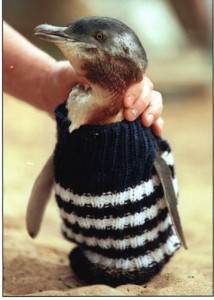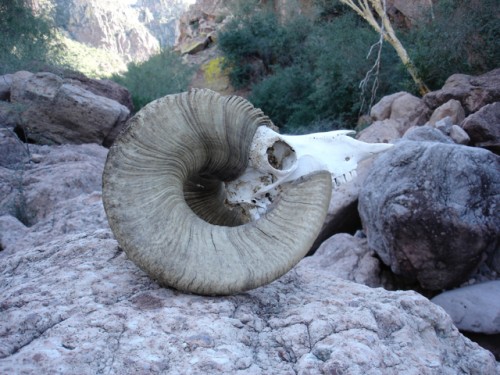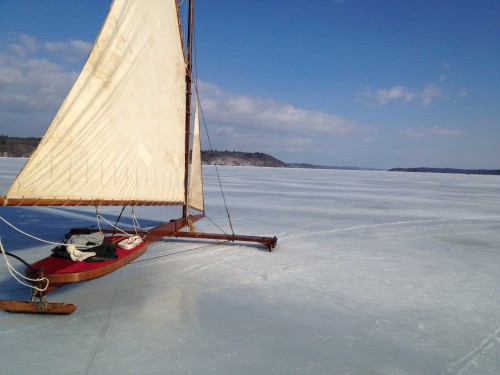Until last Sunday, the Colorado River ended in Yuma, Arizona, backed up against an unremarkable span of concrete called the Morelos Dam on the Mexican border. Every drop of water above the dam was already spoken for -– supplying water to Los Angeles, Las Vegas, Phoenix and Denver as well as irrigating farm fields in both the U.S. and Mexico. Barely a trickle of the river that had carved the Grand Canyon continued past the dam. And all of that was headed toward Mexicali farmland, not the last seventy miles to the Gulf of California.

But, on March 23rd, the gates of the Morelos Dam lifted, sending a pulse of water downstream that will mimic the increased flow that used to be provided by spring rains and Rocky Mountain snowmelt. After the pulse, the gates will remain open for roughly two months, giving the lower Colorado enough flow to, perhaps, complete its run to the Sea of Cortez. Continue reading


 March 17 – 21
March 17 – 21


